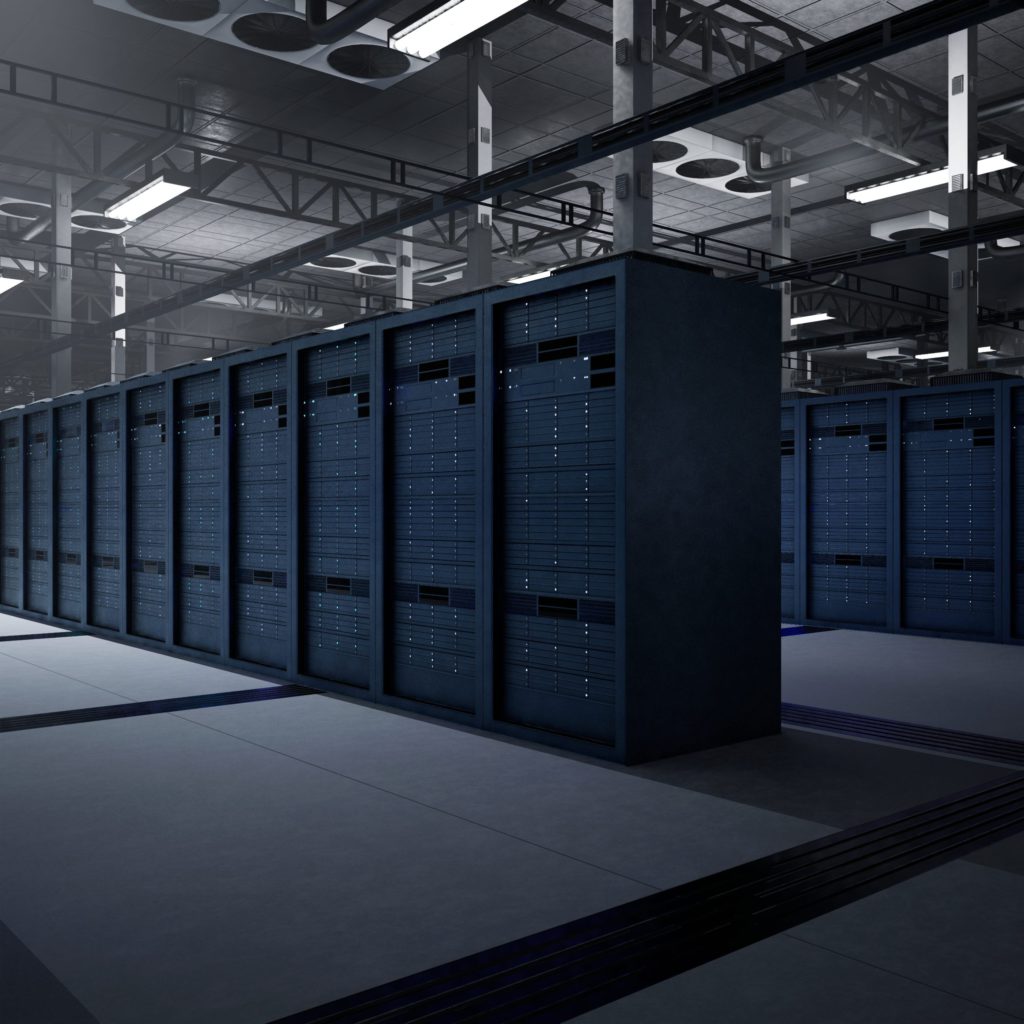What actually happened
Between roughly 17:00 UTC on 5 November and 02:25 UTC on 6 November, Microsoft flagged service disruption in West Europe after a thermal event – an in-datacenter temperature rise tied to cooling trouble. Microsoft’s preliminary post-incident note says the event led to a subset of storage scale units going offline in a single availability zone. Customers across several services (e.g., VMs, AKS, Storage, DB services, Service Bus, VMSS) reported degraded performance or failures. A formal Preliminary PIR (Tracking ID 2LGD-9VG) was posted on the Azure Status History page.
- Immediate cause chain. In Microsoft’s regional status history entry for West Europe, the incident is tied to a power sag that took cooling units offline. Rising temperatures then triggered safety mechanisms that shut down several storage scale units to protect hardware – safe for equipment, disruptive for services.
- Blast radius. The physical issue stayed in one AZ, but many Azure services span multiple zones. Workloads in other zones broke or slowed if they depended on storage or services hosted in the impacted AZ, which is why customers saw a regional impact from a single-zone failure.
- Why storage scale units matter. Azure groups storage into scale units with their own power and thermal protections. When multiple units withdraw to protect themselves, the effective storage pool shrinks, and higher-level services start to throttle, error, or go offline until temperatures normalize.
- Customer experience. Industry coverage, including The Register, reported slowdowns, stalled workloads, and intermittent outages as services relying on the affected storage retried, failed over, or degraded.
- Status transparency. The Azure Status Portal now lists the Preliminary PIR, with a Final PIR promised after Microsoft’s review. For accurate details, customers should track that page rather than relying on social media or third-party outage maps.
Practical lessons for operators
- Environmental failures cascade fast. A power-quality blip that compromises cooling can escalate into thermal alarms and automatic storage withdrawal in minutes. That’s not a software bug – it’s physics and safety controls doing their job.
- AZ isolation isn’t absolute. Cross-AZ dependencies (especially on shared storage) can defeat the neat mental model of “a failure in AZ-1 won’t touch AZ-2.” Validate assumptions with real dependency maps and chaos drills.
- Plan for graceful degradation. When the storage tier protects itself, up-stack services should degrade predictably (shed non-critical load, queue gracefully, inform users) instead of failing loudly.

Could AI have anticipated it?
This is not about claiming AI would have definitively prevented the West Europe incident. It is about foresight: noticing weak, cross-signal patterns earlier so human and automated playbooks can react faster.
Where AI adds real value:
- Anomaly detection on thermal telemetry. Beyond simple thresholds, AI models inlet/exhaust temperature deltas, dew points, and heat flux. It can analyze Distributed Temperature Sensing (DTS) data, which uses fiber optic cables as continuous thermal sensors to surface drift that often precedes thermal excursions before they trigger hard alarms.
- Computer vision on VMS/CCTV. Using your existing Video Management Systems (VMS) and thermal cameras, real-time analytics can flag physical issues that discrete sensors miss. This includes detecting hot spots, visible condensation near chilled-water runs, stuck dampers, or doors propped open that collapse necessary pressure differentials.
- Edge AI for low-latency detection. Running models directly in-room (on gateways or Network Video Recorders) reduces data backhaul delay. Risk scoring for thermal events can trigger guard-railed automation: pre-cool a specific row, slow down autoscaling, or, where you control the storage tier, route I/O away from an at-risk pool or cluster.
- Correlation with power and cooling plant data. AI improves confidence by combining power-quality deviations (sags) with the real-time states of CRAC/CRAH units (Computer Room Air Conditioners/Handlers). Correlating this with ultrasonic flow meter readings and valve positions helps confirm that a data “blip” is a real, actionable mechanical failure before the room overheats.
Net: AI widens the warning window from “we hit the limit” to “we’re trending toward the limit.” That extra time is often the difference between graceful degradation and abrupt withdrawal.
What leaders should do next
Pressure-test dependencies. Inventory which workloads in other AZs or regions have hard dependencies on components running in the affected AZ (databases, queues, storage accounts), and plan fail-soft behaviors that don’t assume instant failover. → Instrument intelligently. You likely already have CCTV and temperature probes; the gap is cross-signal correlation (video + sensors + power/cooling plant). → Pilot with guard rails. Start read-only detection and human confirmation; graduate to limited automations (e.g., pre-cooling, rate-limiting autoscaling) after tabletop and live drills.
Measure, don’t market. Track MTTD (Mean Time To Detect) for thermal drift, number of prevented escalations, and downtime avoided/reduced post-deployment.
It’s time to work smarter
Ready to Chat?
Let’s do a short consult and see what’s possible with what you already have.


